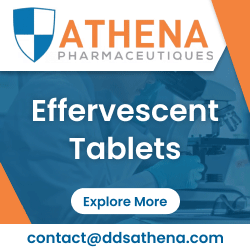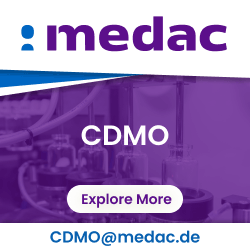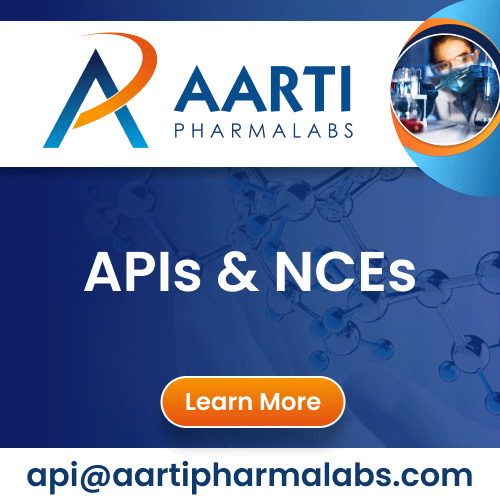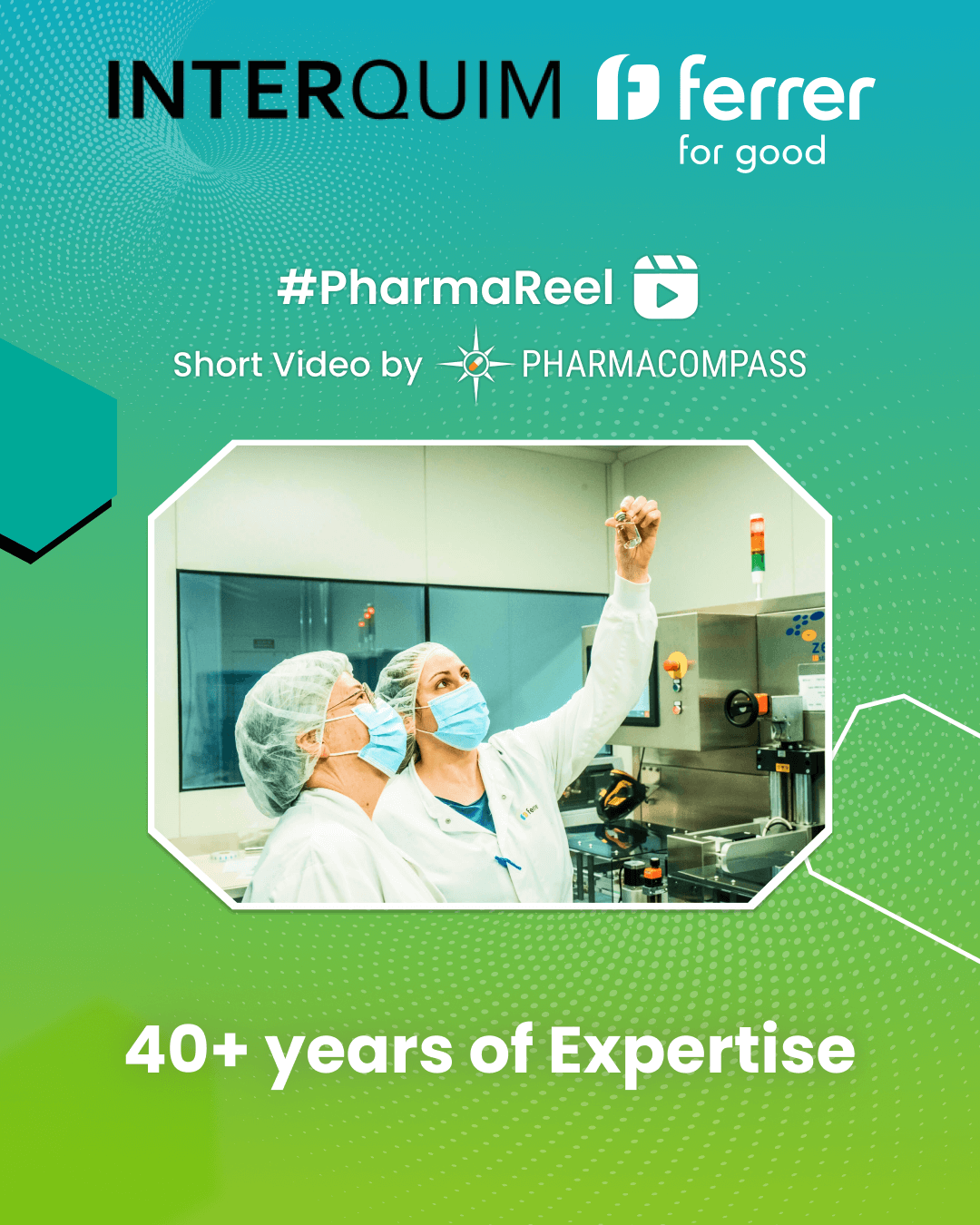Overview of functional oligosaccharide manufacturing & development services, focusing on prebiotic, bioactive fructo & galacto-oligosaccharides.
Q1. What are functional oligosaccharides and what are their properties and applications?
Carbohydrate oligomers, with two to ten monosaccharides units linked together with glycosidic bonds, that are non-digestible by gut enzymes are known as functional oligosaccharides. It is important to note that some bioactive carbohydrate oligomers, digestible disaccharides (e.g. maltose, sucrose & lactose), are not classified as functional oligosaccharides.
Due to their indigestible nature, functional oligosaccharides are used as prebiotics (functional food components) and fibers which provide health benefits to consumers. While some pharmaceutical oligosaccharides are sourced naturally (e.g. from plants, milk, etc.), most of them are prepared by partially breaking down more complex carbohydrates, polysaccharides, by chemical processes.
- Carbohydrate based molecules made up of more than ten monosaccharide units are known as polysaccharides. Depending on the monosaccharide skeleton, polysaccharides can be divided into two groups; homopolysaccharides and heteropolysaccharides.
It is interesting to note that prebiotics are used in combination with probiotics, to prevent allergic diseases and provide corresponding health benefits. However, prebiotics and probiotics should not be confused with one another, while one refers to non-digestible oligosaccharides or functional food components the other, probiotics, pertains to microorganisms that promote gut health and immunity.
Worldwide interest in functional oligosaccharides manufacturing has been increasing ever since they were accorded the prebiotic status. Amongst the various functional oligosaccharides inulin, fructo-oligosaccharides, and galacto-oligosaccharides are the major prebiotic oligosaccharides in the market. Prebiotics are studied for their effects on gut health and specific clinical conditions, including colon cancer, inflammatory bowel disease (IBD), acute infections, and mineral absorption.
The properties and applications of functional oligosaccharides are diverse and their potential health benefits make them attractive candidates for further research and development. Some important properties and applications of functional oligosaccharides are explored below.
Functional Oligosaccharide (Properties):
- Carbohydrate polymers made up of 2-10 monosaccharides or sugar monomers linked by glycosidic bonds
- Resistant to hydrolysis by digestive enzymes
- Sweet to taste
- Facilitates gastrointestinal normal flora proliferation and pathogen suppression
- Highly soluble
- Heat Stable
- Increases mineral absorption
- Increases HDL/LDL ratio
- Decreases blood pressure
Functional Oligosaccharides (Applications):
- Dietary fiber
- Sweetener
- Immunity enhancer
- Weight loss/control agents
- Humectant in confectioneries
- Prebiotics
- Drug delivery
- Cosmetics
- Animal/Fishery feed
Q2. What are the different processes involved in the biotechnological production of oligosaccharides?
Bioactive oligosaccharides can be obtained naturally (e.g. from milk, eggs, fruits, etc.) or synthetically by chemical or biotechnological production. Synthetic oligosaccharides are obtained by breaking down larger, more complex polysaccharides.
Synthetic oligosaccharides and glycoconjugates are increasingly used as probes for biological research and as lead compounds for vaccine discovery and drug delivery systems. Such contributions to glycochemistry and glycobiology are associated with the immune system, antimicrobials, cancer therapeutics, bioactive carbohydrate-binding proteins, novel drug delivery systems, etc.
Besides natural extraction, bioactive oligosaccharides can be produced in one of the following ways:
- Chemical Method
In the chemical method, the nonreducing end of a monosaccharide is linked to a resin, via a linker. The monosaccharide is then reacted, successively and in the desired order, with the different monosaccharide adducts. When the carbohydrate oligomer is formed, it is separated from the linker.
- Biotechnological Method
The biotechnological production of oligosaccharides has many environmental, economic and industrial advantages. It provides the opportunity to improve yields and costs during the development and manufacturing process and offers a degree of simplicity. The biotechnological production of carbohydrate oligomers is achieved via enzymatic synthesis.
Large scale enzymatic biotechnological production of oligosaccharides can be divided into:
1. Glycosyltransferases (Enzymatic Synthesis): Glycosyltransferases are enzymes that catalyze the formation of the glycosidic linkage to form a glycoside. These enzymes utilize 'activated' sugar phosphates as glycosyl donors, and catalyze glycosyl group transfer to a nucleophilic group, usually an alcohol. In animals, glycosyl donors include nucleotide sugars and dolichol-phosphate-linked monosaccharides and oligosaccharides.
2. Glycosidases (Enzymatic Synthesis): Glycosidases are enzymes that belong to the hydrolases class of enzymes, which are involved in cleaving C-O, C-N, O-P and C-S bonds in hydrolysis reactions. Glycosidases form a large group of enzymes that hydrolyze the glycosidic bond between two or more sugars, or between a sugar and some other chemical residue. Furthermore, glycosidases synthesize varied regioisomers depending on the source of the enzyme used.
Keeping in mind the challenge of stereospecifically assembling large highly functionalized bioactive carbohydrate molecules in an efficient manner, enzymatic synthesis is chosen over chemical synthesis for large scale commercial manufacturing.
Q3. What are some of the recent developments in oligosaccharide manufacturing?
As noted above, bioactive oligosaccharide manufacturing can be achieved in one of three ways; (1) Natural, (2) Chemical, or (3) Enzymatic Synthesis. The prebiotic, anti-cancer, absorption enhancing, antimicrobial, anticoagulant properties, etc. of bioactive carbohydrates and oligosaccharides, make them suitable targets for further research and development (R&D).
However, to elucidate the biological functions of bioactive carbohydrates, sufficient quantities of structurally defined oligosaccharides are required which are limited by traditional purification, precipitation (or extraction), hydrolysis, and other oligosaccharide manufacturing processes.
Due to the copious applications of functional oligosaccharides as dietary fibers, functional foods, cosmetic ingredients, farm feed, drug delivery systems, prebiotics, sweeteners, etc. and their therapeutic attributes, developments in oligosaccharide manufacturing are expected to continuously evolve with time.
A variety of bioengineering techniques have been investigated to resolve the low yield issues associated with traditional oligosaccharide manufacturing methods. These include downstream separation technologies, additional bioconversion steps applying enzymes, selective fermentation strategies, etc. Some of these strategies are explored below.
- New approaches to purification of oligosaccharides
1. Gel Chromatography
2. Member-Based Technique: Low energy requirements; Easy scale up & modifications
3. Nanofiltration: Gives high purity levels; Used in the production of functional foods.
4. Electrofiltration
5. Ultrafiltration: Purification via size based molecule separation.
- New approaches to precipitation (extraction) of oligosaccharides
1. Ethanol precipitation: Involves the use of ethanol at various concentrations and temperatures; Ethanol solutions of 90% concentration were found to induce precipitation of saccharides.
- New approaches to hydrolysis.
1. Enzymatic Hydrolysis: Since the chemical synthesis of carbohydrates is extremely cumbersome, it is generally accepted that oligosaccharides must be produced biochemically or enzymatically. Glycosidase enzymes are used to catalyze hydrolysis reactions for oligosaccharide manufacturing.
- New approaches to evaluation of oligosaccharides
1. High Performance Liquid Chromatography (HPLC): Used for detection of several compound classes; Sensitive, efficient, and fast technique.
2. Liquid Chromatography Mass Spectrometry (LC-MS): High-performance liquid chromatography (HPLC)-MS greatly enhances the characterization of complex mixtures of oligosaccharides, providing important structural information and affording their disaccharide composition.
Q4. What are the technological aspects of the production of fructo-oligosaccharides and galacto-oligosaccharides?
Fructo-oligosaccharide or Fructooligosaccharides (FOS)
Fructooligosaccharides (FOS) are oligosaccharides that occur naturally in plants such as onion, chicory, garlic, asparagus, banana, artichoke, and many others. Fructooligosaccharides (FOS) are subtly sweet and low-calorie. They are also nondigestible, so they don’t have an effect on blood sugar levels.
Fructo-oligosaccharides have multiple health benefits and are used primarily as a low-calorie, alternative to sweeteners. Fructooligosaccharides (FOS) are preferable to other artificial sweeteners, some of which have been linked to weight gain and diabetes.
Moreover, fructo-oligosaccharides are also commonly used orally for constipation, weight loss, to prevent traveler's diarrhea, and to treat high cholesterol levels and osteoporosis, and most importantly as prebiotics (functional food components).
Galacto-oligosaccharides or Galactooligosaccharides (GOS)
Galacto-oligosaccharides are made up of plant sugars linked in chains. They are found naturally in dairy products, beans, and certain root vegetables. Galactooligosaccharides (GOS) have now been definitely established as prebiotic ingredients after in vitro and animal and human in vivo studies.
Galactooligosaccharides (GOS) are most commonly used as sweeteners, for treating stomach disorders such as constipation and for preventing allergies in infants. Moreover galactooligosaccharides (GOS) are also used to treat colon and rectal cancer, upper airway infections, and other conditions, but there is no good scientific evidence to support most of these uses.
As galactooligosaccharides (GOS) and fructooligosaccharides (FOS) can be incorporated in many products and drug delivery systems, have therapeutic effects, and offer copious benefits, their demand has exponentially increased worldwide over time.
The increasing demand for these oligomers is met by efficient production of fructo and galacto-oligosaccharides. The technological aspects of the production of fructooligosaccharides (FOS) and galactooligosaccharides (GOS) are explored below.
Production of Fructo & Galacto-Oligosaccharides:
The production of fructo and galacto-oligosaccharides is achieved via enzymatic synthesis using disaccharides or other substrates and by hydrolysis of polysaccharides.
- Enzymatic Synthesis of FOS
Fructooligosaccharides are produced by the enzymatic action of fructosyltransferase (FTase) from many plants, fungi and bacteria. FTase catalyzes the transfer of a fructosyl moiety of a sucrose or fructooligosaccharide donor to another sucrose or FOS acceptor to provide a superior FOS.
The composition of the obtained FOS can be modulated by adjusting different parameters, namely substrate concentration, enzyme source, time, temperature and pH, all of them interacting with each other.
- Hydrolysis of Inulin for FOS Production
The extraction of inulin and FOS from vegetables is carried out by grinding and solubilization in hot water, with further enzymatic treatment with sucrases, alpha-amylase and maltase. Besides enzyme catalyzed hydrolysis of polysaccharides there are other hydrolytic methods to obtain FOS; namely acid hydrolysis and autohydrolysis.
- Mechanism of Action: Hydrolysis is a chemical process in which a molecule of water is added to a substance. Sometimes this addition causes both the substance and water molecule to split into two parts. In such reactions, one fragment of the target molecule (or parent molecule) gains a hydrogen ion.
In general, the presence of mono and disaccharides in the final product is one of the drawbacks of enzymatic synthesis of FOS over hydrolysis from inulin, making the yield and purity of the latter much higher.
- Enzymatic Synthesis of GOS
GOS can be commercially synthesized from lactose through transgalactosylation reactions, using beta-galactosidases as biocatalysts. In a transgalactosylation reaction with lactose, a glycosyl group of one or more D-galactosyl units is transferred onto the D-galactose moiety of lactose. As noted above, GOS yield via enzymatic synthesis can be manipulated by adjusting the same parameters as the ones involved in FOS enzymatic synthesis.
- Hydrolysis of Vegetal Matrices for GOS Production
While enzymatic synthesis produces beta-GOS, hydrolysis of vegetal matrices (e.g. from plant seeds, fruits, etc.) yields alpha-GOS. The mechanism of action of the hydrolysis reaction is similar to the process for fructooligosaccharide hydrolysis outlined above.
Oligosaccharides can be made of any sugar monomers, but the majority of the existing research has been carried out on fructooligosaccharides (e.g., oligofructose) and galactooligosaccharides (e.g., raffinose, human milk) due to their promising therapeutic effects and copious applications in the food, cosmetic, and pharmaceutical industry.
Q5. What are some examples of commercial oligosaccharide based APIs?
Active pharmaceutical ingredients with oligosaccharide chains are referred to as oligosaccharide based APIs. These oligosaccharide based APIs can be commercialized following large scale synthesis by CDMOs & CMOs. Some examples of commercial oligosaccharide based APIs include:
- Lacto-sucrose
Lacto-sucrose, a trisaccharide oligosaccharide composed of galactose, glucose and fructose, can be sourced naturally or synthesized chemically. Lacto-sucrose is used in food products, marketed as prebiotics, has applications in the cosmetic & pharmaceutical industry, and may be used as active ingredients in finished dosage forms for treating certain skin diseases.
- Heparin Oligosaccharides
Heparin oligosaccharides, derived from heparin polysaccharides, exhibit anti-inflammatory and neuroprotective therapeutic tendencies. Heparin oligosaccharide APIs can thus be investigated as treatments for inflammation-related diseases and neurological disorders.
- Galactooligosaccharide
Galactooligosaccharides can act as active pharmaceutical ingredients, most commonly used in prebiotics, for treating stomach disorders such as constipation & colorectal cancer, and for preventing allergies in infants.
- Fructooligosaccharide
Fructooligosaccharides are forms of oligosaccharides which come from natural sources. They can be used in medicinal formulations for the treatment of constipation and for treating osteoporosis (in conjugation with calcium).
- Chitosan Oligosaccharide Lactate
Chitosan oligosaccharide lactate may be used as active ingredients and in water treatment for organic and heavy metal pollutants, biomedical devices, biodegradable packaging, textile finishing for water permeable fabrics, cosmetics, etc. It may also be used in combination with other drugs to administer active ingredients to patients via the skin/mucous membrane.
- Cyclodextrins (DDS)
Cyclodextrins (CD) are cyclic oligosaccharides with interior hydrophobic cavities and exterior hydrophilic rims. Cyclodextrins can be used in the preparation of food products and pharmaceutical formulations. They can also be used as drug delivery systems (DDS) for active pharmaceutical ingredients (APIs).
All Suppliers

















 EUROAPI, the leading small molecules API player, provides both API sales & CDMO services.
EUROAPI, the leading small molecules API player, provides both API sales & CDMO services.













